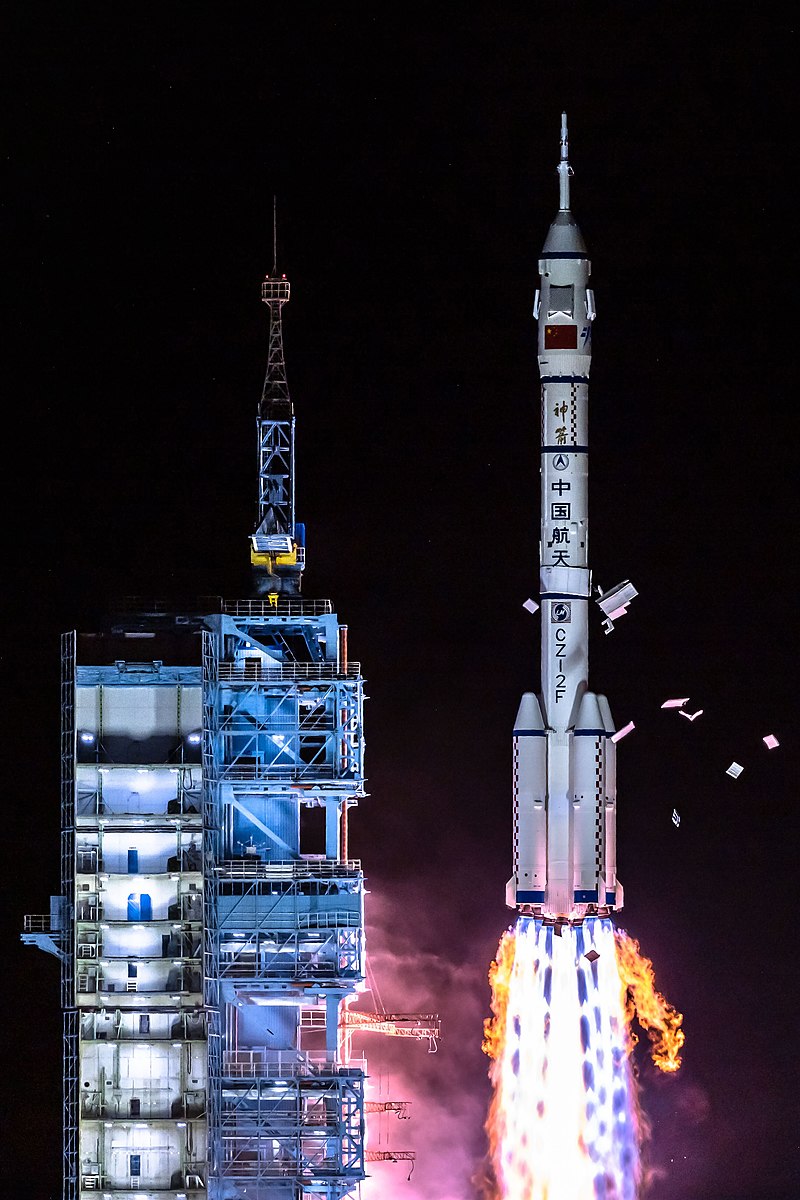China is also going to build reusable rockets
The Long March rockets that the country has used so far will be replaced by a reusable model. Should SpaceX be concerned?
SpaceX cheaper than existing Chinese rockets
China’s existing Long Martian rockets, which have launched the Tiangong space station and carried out the various Chinese lunar missions, for example, have a major drawback. They are not reusable, which is why launching with these rockets is relatively expensive. Around $70 million per launch.
This is far more than SpaceX charges for a Falcon 9 reusable launch — $62 million (which was recently increased to $67 million). SpaceX also makes quite a lot of profit with this – the actual costs are around 48 million per launch. This is due to a clever reuse of parts of the rocket.
Launch costs drop to five percent
China now wants to repeat this trick with its own reusable rocket. The project, Long-Range Aerospace Transportation System, is under the purview of its largest aviation defense contractor, the China Aerospace Science and Technology Corporation (CASC). The aim is to develop a reusable rocket with the same carrying capacity as the SpaceX Falcon Heavy (60 tons).
This will reduce the launch costs to five percent of the existing Long Martian rockets, so converted to around $ 3.5 million per launch.

Fast moving target
China will have to work quickly to achieve this. After all, SpaceX and other competitors are not sitting still either. The Starship project is certainly very competitive. This enormous rocket, which is only comparable in size to NASA’s Saturn V rockets, is made of stainless steel and runs on the cheap fuel methane.
Although the last launch partially failed, the concept is very promising to bring budget space travel within reach and not many design changes are needed to bring the final Starship model into production. Whoever wins, on balance this means that the rest of the solar system will be within human reach, which is extremely good news.


